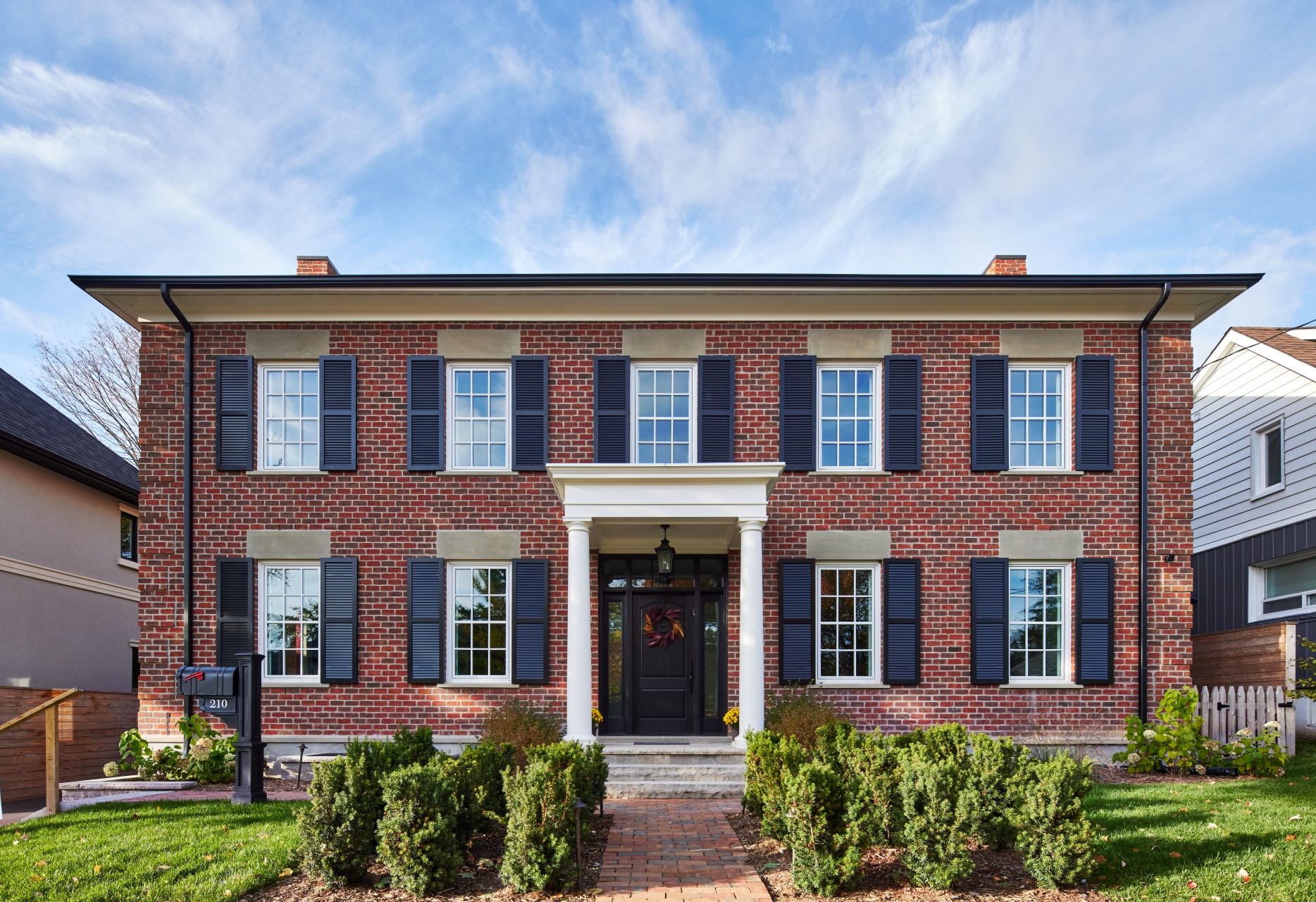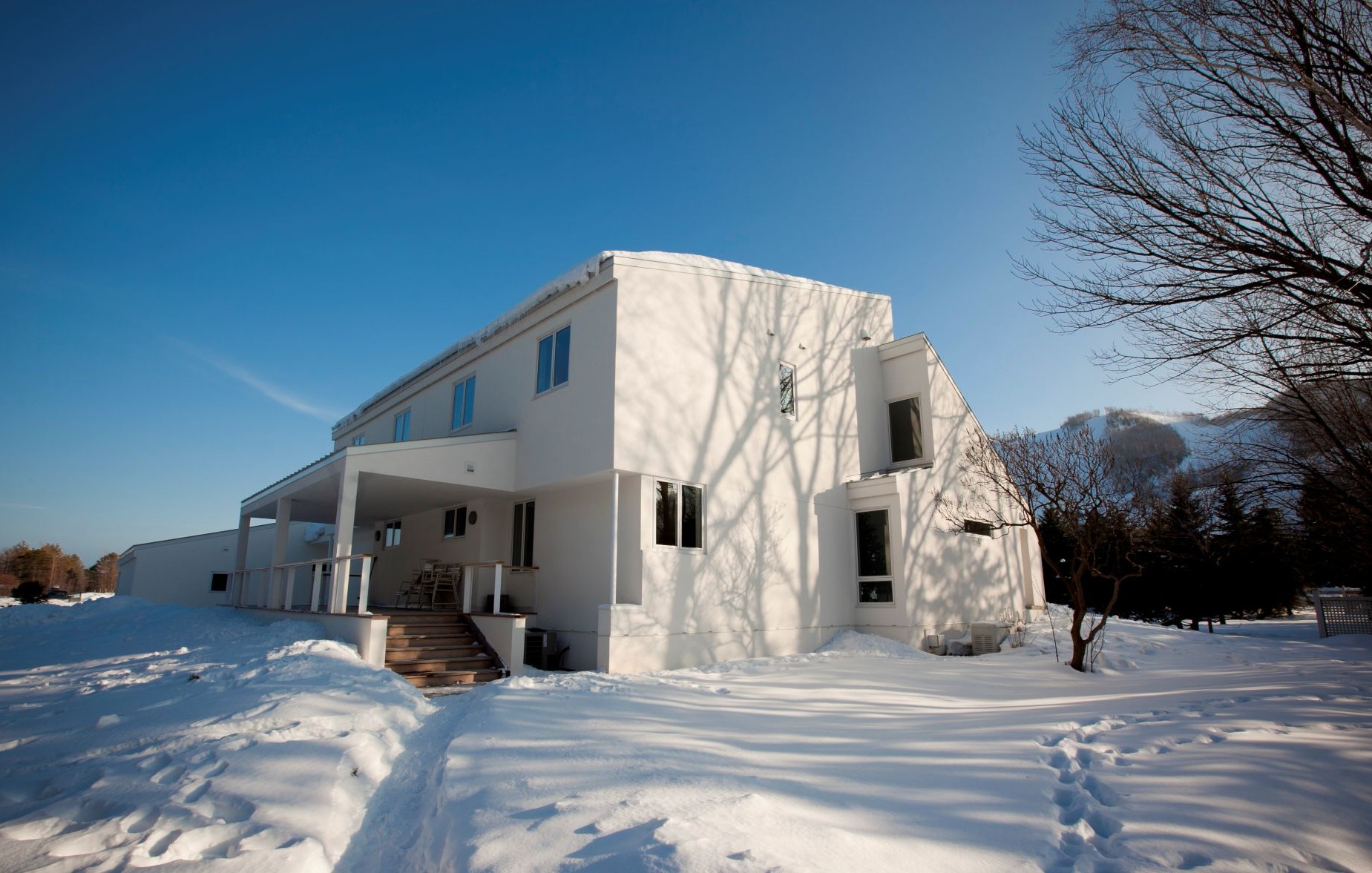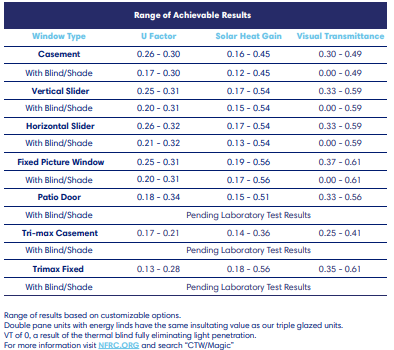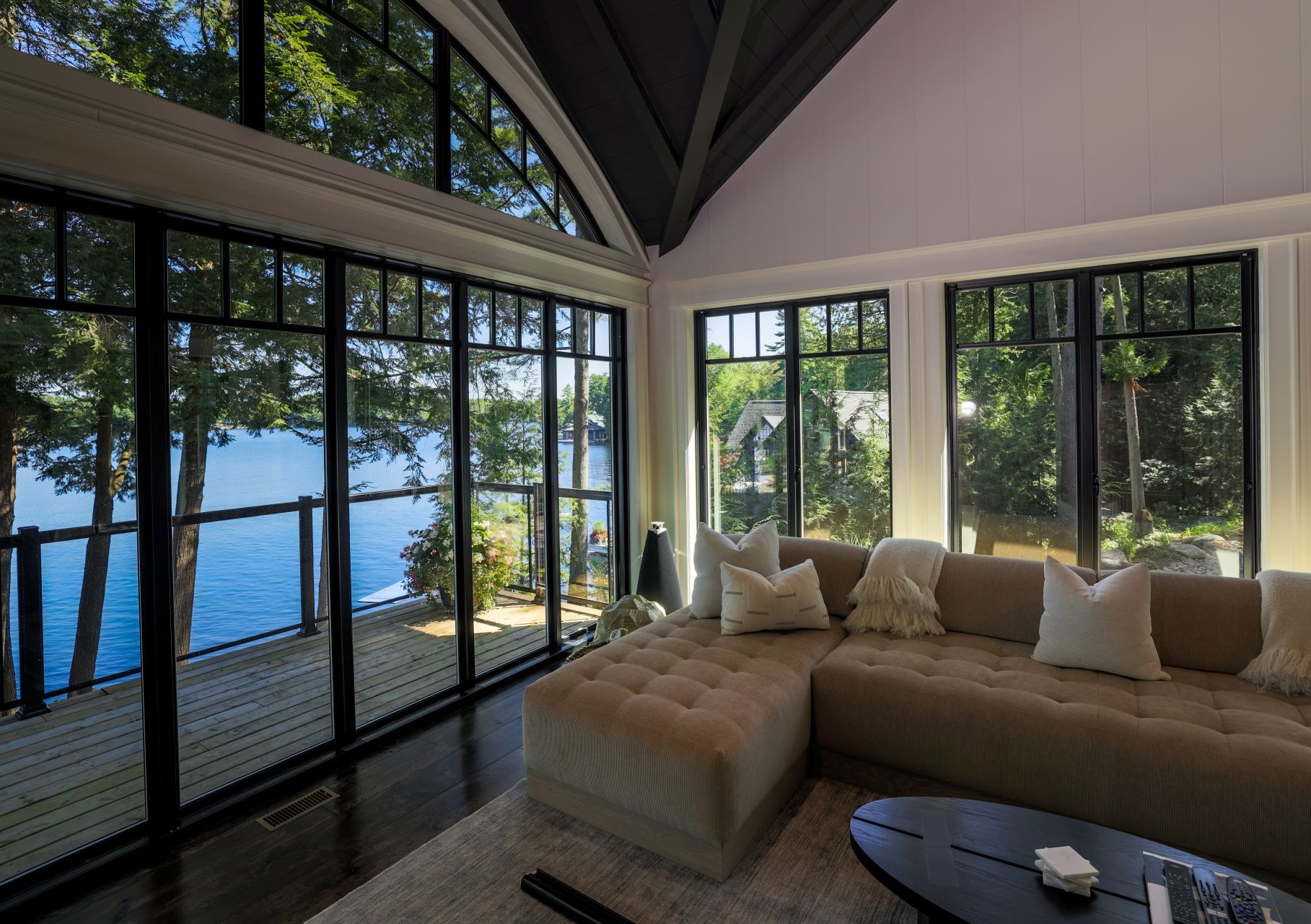
Energy Efficient Windows
Best Tips on How to Save Energy at Home
You might be reading this because your energy bills keep climbing, your home feels drafty, or you’re simply looking for ways to live more sustainably.
The truth is, saving energy at home isn’t just about cutting costs. It’s about making your space more comfortable year-round while reducing your environmental footprint.
For Canadian homeowners especially, energy use spikes in winter heating and summer cooling, so even small improvements can lead to noticeable savings.
As such, if you want to learn how to save energy at home, read on! This guide brings together practical habits, smart upgrades, and innovative solutions to help you take control of your home’s energy use.
Key Takeaways
- Start with simple habits. Turn off unused electronics, air-dry clothes, or take shorter showers to trim hundreds of dollars a year from your electricity bill.
- Invest in upgrades where they matter most. Appliances, insulation, heating/cooling systems, and especially windows, glass doors, and front doors make the biggest difference. Energy-efficient models, better sealing, and advanced designs like Magic’s insulated glass and hybrid frames reduce energy loss dramatically.
- Use technology and renewable options, such as smart thermostats and solar panels, which can help you track, automate, and even generate your own energy.
Small Energy-Saving Habits You Can Adopt Today

The first step to cutting down your energy bill and reducing your carbon footprint is becoming more aware of how much energy you use and changing your everyday routine. Even though they seem insignificant at first, small adjustments can really add up to big savings over time. You don’t need to spend a lot of money; just be mindful about how you use energy.
In the Kitchen
The kitchen is one of the busiest areas in any home, and also one of the most energy-intensive. Therefore:
- Cook with energy consumption in mind: use the microwave or slow cooker instead of the oven when reheating food; they use far less energy.
- Keep lids on pots: this reduces cooking time and energy use; it also reduces condensation.
- Match pots to burners: a small pot on a large burner wastes heat.
- Avoid opening the oven door too often: every time you open the oven door, the oven loses approximately 25-50 degrees Fahrenheit, so it needs to work harder to maintain the needed temperature.
- Place your refrigerator and freezer away from heat sources: if your fridge is near an oven, dishwasher, or direct sunlight, it has to work harder to keep cool. This can significantly increase its energy use. It's also recommended to leave space around the back and sides of the appliance to improve airflow and efficiency.
Laundry Room
Laundry is another big energy consumer, especially with hot water and the dryer in play. By adjusting your approach, you can save both money and energy. Here's what you can try:
- Run full loads: a washing machine uses roughly the same amount of energy no matter the load size. If you wait until you have a full load, you can maximize efficiency and cut the number of cycles. The same applies to dryers. And, whenever possible, use cold water to wash clothes.
- Air dry when you can: dryers are one of the most energy-hungry appliances in the home, so use a clothesline or drying rack when possible.
- Clean the lint filter: a clogged filter makes your dryer work harder, increasing cycle times and energy use.
- Install energy efficient models: ENERGY STAR-certified clothes dryers use 20% less energy than standard models, while ENERGY STAR-certified heat pump dryers can help you save 20-60% more energy than standard models.
Bathroom

The bathroom might not seem like a major source of energy waste, but hot water use makes up a large portion of your home's energy consumption. In fact, water heating typically accounts for 18% of the average household's total energy use, being the second largest expense.
- Take shorter showers: long, hot showers are one of the biggest contributors to energy waste in the bathroom. A standard showerhead uses around 9-12 litres of water per minute, much of it heated. If you cut your shower time by just 5 minutes a day, a family of four could save over 60,000 litres of hot water annually, significantly reducing water heating costs. You can also install low-flow fixtures.
- Fix leaks quickly: a dripping faucet might not look like much, but all those drips add up to more than 11,000 litres of water a year, a good portion of which may be hot water.
- Lower your water heater temperature: many Canadian homes have water heaters set to 60°C (140°F), which is higher than necessary. Reducing it to 49°C (120°F) is usually safe for most households and can significantly cut water heating costs.
Around the House
Energy cost savings don't stop in the kitchen, laundry room, or bathroom. You can make some small changes throughout the house, including:
- Turn off the lights when you leave a room.
- Switch to LEDs: they use up to 75% less energy than incandescent bulbs and last much longer.
- Unplug devices not in use: chargers, TVs, game consoles, and other devices draw “phantom power” even when off. Did you know that 75% of the electricity consumed by various devices is consumed when they're not in use?
- Use smart power bars: these automatically cut power to devices in standby mode.
Heating & Cooling Habits
Heating and cooling are by far the largest contributors to energy bills in Canada, accounting for nearly half of the entire energy use of an average home. With some simple, low-cost changes, however, you can save some energy. Try these:
- Use curtains wisely: in winter, open your curtains/blinds during the day to let natural light in; close them at night to retain warmth. In summer, close the curtains/blinds during peak sun hours. You can also install insulating window treatments like Magic's thermal blinds.
- Set your thermostat lower at night or when away: even a 1-2°C reduction can make a difference; if you're away, you can lower it by roughly 5–7°C. You can also lower the temperature in unoccupied rooms.
- Use ceiling fans: they use very little electricity (about 1% of the electricity used by an air conditioner) and can circulate air efficiently, helping you feel cooler in summer and warmer in winter.
Conduct a Home Energy Audit

Before investing in upgrades, it’s wise to understand exactly where your home is wasting energy. A home energy audit gives you a detailed picture of how efficiently your house uses power and where improvements can be made. In Canada, this step is particularly important because it can give you access to federal and provincial rebate programs, which can help you offset the cost of renovations.
Here's what you can try:
- Professional energy audit: in Canada, there are certified auditors who can assess your home and provide a report that may qualify you for federal or provincial rebates.
- DIY checks: while not as thorough, you can spot problem areas yourself; walk around your home and look for drafts, feel for uneven heating, or note if appliances seem outdated or inefficient; if major appliances are over 10-15 years old, you will likely have to replace them.
Upgrade to Energy-Efficient Appliances
Older appliances often consume more energy than necessary. When it’s time to replace them, use the EnerGuide label to compare different products. This label can help you understand how much energy a product uses. In some cases, the EnerGuide label also features the ENERGY STAR logo, which indicates that the model in question is the most energy-efficient of its class.
Keep in mind that some appliances sold in Canada may have both the Canadian EnerGuide label (which is black and white) and the American EnergyGuide label (which is black and yellow). The methods used to rate energy efficiency are similar in both countries, but the scales may differ slightly.
The Canadian EnerGuide should include the annual energy consumption, an arrow that indicates the product's performance compared with other products, the type and capacity of other similar models, the model number, and, if applicable, the ENERGY STAR logo.
You can read more about Canada's Energy Efficiency Regulations here.
Optimize Heating and Cooling Systems

Heating and cooling account for the biggest share of energy costs in Canadian homes. With a few adjustments, you can make your system work smarter, not harder. It's recommended to:
- Service your furnace and AC regularly: annual maintenance keeps them running efficiently.
- Change filters often: a dirty filter makes your system work harder.
- Use a programmable or smart thermostat: automating temperature changes ensures you don’t waste energy when you’re asleep or away.
- Seal and insulate ductwork: leaky ducts lose heated or cooled air before it reaches your rooms.
- Install your AC in the shade: it uses 10% more if it's not in the shade.
Improve Insulation and Sealing
Good insulation is absolutely essential in Canada’s cold climate. Without it, your energy bills will skyrocket, and your home will be uncomfortable. Here's what you should pay attention to:
- Attic insulation: heat rises, and adding insulation here can have the biggest impact.
- Seal gaps and cracks: use weatherstripping and caulking around doors, windows, and baseboards.
- Basement and crawl spaces: insulate these areas to prevent drafts, heat loss, and leaks.
Don't forget that better insulation not only saves energy but also makes your home more comfortable year-round. So, even if these upgrades are a significant investment, they're worth it for your comfort and health, as well as for your house's structural integrity and resale value.
Upgrade Windows and Doors

Old, drafty windows and doors are major sources of energy loss. Replacing them may be a bigger investment, but it pays off in efficiency and comfort. Here's what to consider:
- Double- or triple-glazed windows and glass doors: these windows have two or three glass panes separated by argon gas, which acts as an insulator.
- Low-E coatings: these special coatings reflect heat back into your home in winter and block it in summer.
- Energy-efficient doors: insulated steel or fiberglass doors outperform older wood models.
When looking for energy-efficient windows, you need to consider the following energy ratings:
- U-factore
- Solar Heat Gain Coefficient (SHGC)
- Visible Transmittance (VT)
- Air Leakage (AL)
- Condensation Resistance
Some energy-efficient products also have an Energy Rating (ER) and a light-to-solar gain rating (LSG). For more information about energy performance ratings explained for Canada, you can check our comprehensive guide on this topic.
Use Smart Home Technology
Smart home devices make saving energy easier by automating your habits. For example, you can install:
- Smart thermostats that adjust heating/cooling automatically.
- Smart plugs and power strips, which cut power to electronics when they’re not needed.
- Energy monitoring apps, which show you real-time usage so you can spot waste.
Rely on Renewable Energy Options
If you’re ready to take your energy savings further, consider renewable energy systems for your home, including:
- Solar panels: depending on your province and home orientation, solar panels can supply a portion of your electricity needs.
- Solar water heating: a less costly option that uses the sun to preheat water.
- Net metering programs: in some areas, you can feed excess solar power back into the grid for credits.
While the upfront costs are higher, renewable systems can dramatically reduce your reliance on the grid and lower bills in the long run.
Other Ways to Save Energy
Beyond the main categories above, here are additional strategies worth considering:
- Choose energy-efficient lighting outdoors: install solar-powered lights for pathways and LED fixtures for security lighting.
- Landscape for energy savings: plant trees strategically to have natural shade in summer; they also act as windbreaks in winter.
- Monitor your bills: keep an eye on monthly usage to spot changes and track improvements.
Let Magic Help You Save Energy!
Magic windows and glass doors deliver not just style, but real, measurable energy savings. Here's how their key components contribute to superior efficiency:
1. Insulated Glass Units (IGUs) — More Gas, Better Insulation

Magic’s IGUs outpace typical offerings in three critical ways: size, fill, and durability:
- 1-inch gas-filled space: compared to the industry standard of ½–¾ inch, Magic’s larger IGUs hold 25–30% more insulating gas, giving them substantially better thermal performance.
- Enhanced energy efficiency: this translates to U-factors as low as 0.26–0.30 for double-pane windows, among the best in the business. Pair them with solar shades or thermal blinds, and performance improves further to around 0.17.
- Quality-built components: Magic uses the best-performing warm-edge spacers, durable gas seals, and high-grade Low-E coatings, ensuring long-lasting energy efficiency.
2. Hybrid Fusion Frames — Strength and Insulation Without Bulk

Magic’s frames are more than just vinyl. They’re engineered to be resilient, thin, and efficient.
The Hybrid Fusion Frame integrates uPVC, stainless steel, and aluminum for superior durability, insulation, and strength, plus a slimmer profile that brings in more natural light.
Magic window and door frames don't warp or crack under extreme temperature fluctuations like standard vinyl windows do, which means they have a much longer lifespan.
3. Parallex Hardware — No Crank, No Trouble

Magic’s innovative hardware design improves both function and energy performance:
- Crank-free design: our Parallex Hardware eliminates the traditional crank mechanism, replacing it with a smoother, more durable opening system. This not only enhances usability but also increases sealing effectiveness.
- Self-lubricating glide: the system uses a Zytel track (from DuPont) that sheds minuscule particles over time, keeping operation smooth and maintenance light, while preserving airtight sealing.
- Enhanced sealing for better efficiency: the result is a window that stays tightly closed, reducing air leakage and contributing to long-term energy savings.
4. Retractable Solar Shades & Thermal Blinds

Magic’s window treatments offer both flexibility and efficiency:
- The solar shades minimize unwanted solar heat gain while still allowing pleasant daylight to filter in, helping reduce cooling costs during Canada’s warmer months.
- The thermal blinds are designed with opaque, insulating materials and add a powerful second layer to your window.
5. Magic Window Wall — Innovative & Airtight

The Magic Window Wall was recognized as the “Most Innovative Patio, Multi-Slide or Multi-Panel Door” by Window + Door Magazine in 2021, thanks to its energy-smart design!
It was built specifically for Canada’s extreme climate, delivering exceptional airtight compression sealing between panels to prevent heat loss.
Final Thoughts
When it comes to saving energy at home, there’s no one-size-fits-all solution. For some homeowners, the most impactful step might be swapping out outdated appliances; for others, it’s tackling insulation or making small habit changes that compound over time.
But if there’s one upgrade that touches nearly every corner of your home’s comfort and efficiency, it’s your windows and doors. That’s where Magic comes in.
Saving energy isn’t just about the bills you pay today; it’s an investment in the comfort, value, and sustainability of your home for years to come. So, are you ready to take the next step? Contact Magic today and discover how our windows and doors can help you save energy at home!
Frequently Asked Questions
What wastes the most energy in a house?
Heating and cooling typically waste the most energy in a home, accounting for nearly half of total energy use. Poor insulation, drafty windows, and inefficient systems make the problem worse.
How to reduce utility bills in Canada?
You can cut utility bills in Canada by improving insulation, sealing drafts, and using energy-efficient appliances, windows, and doors. Pairing these upgrades with small daiwindoly habits, like lowering your thermostat and turning off unused devices, can also make a big difference.
What saves the most energy in a house?
Upgrading to energy-efficient windows, doors, insulation, and HVAC systems saves the most energy because they directly address heating and cooling losses. Smart thermostats and proper maintenance also boost efficiency.
Does turning the kettle off at the wall save electricity?
Yes, switching off the kettle at the wall saves electricity by preventing “phantom power” draw, though the amount is small compared to bigger appliances. It’s still a good habit that adds up over time.
What is a home energy audit?
A home energy audit is a valuable assessment that reveals energy loss points and pinpoints ways to enhance your home's energy efficiency and save money on energy bills.
How much can I save by upgrading to energy-efficient appliances?
By upgrading to energy-efficient appliances, you can save between $400 and $600 annually on your electricity bills.
How can I improve my home’s insulation?
To enhance your home's insulation, focus on sealing air leaks with caulk or weatherstripping, adding insulation in the attic, and ensuring your walls and ducts are properly insulated.